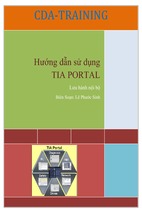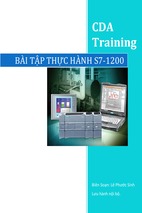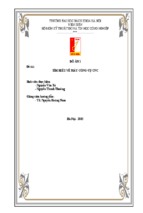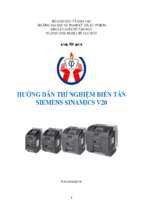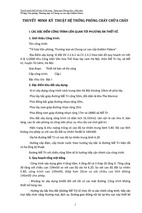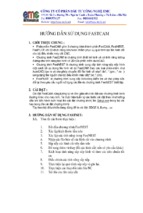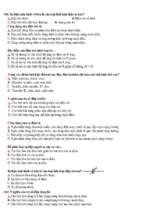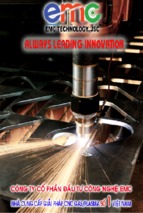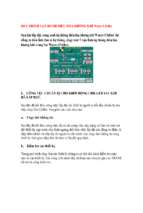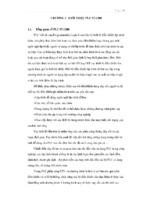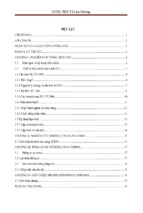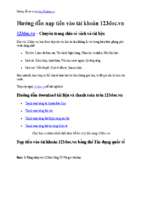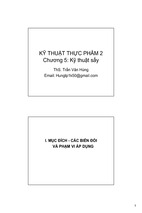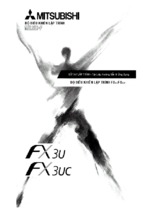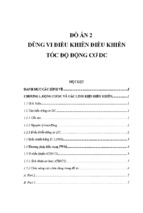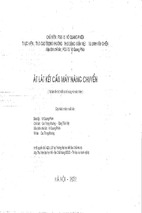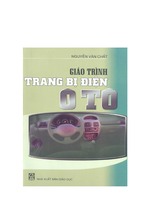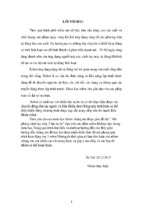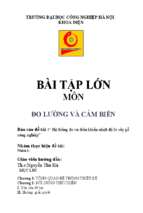ADVANCED MANUFACTURING
ENGINEERING
1: Introduction to Manufacturing Engineering
December 2016
Module Schedule
Day
Monday
Date
Topic
12/12/2016 Introduction to Manufacturing Engineering
Health and Safety for Engineering Students
Mechanical Behaviour Properties of
Tuesday
13/12/2016
Materials
Wednesday 14/12/2016 Casting Processes and Equipment
Thursday 15/12/2016 Metal Forming Processes
Friday
16/12/2016 Forging processes
Monday
19/12/2016 Rolling, Extrusion, Drawing Processes
Tuesday
20/12/2016 Extrusion and drawing
Sheet metal forming
Wednesday 21/12/2016 Advanced Machining Processes
Thursday 22/12/2016 Non-conventional machining processes
Joining processes
Friday
23/12/2016 Revision, project presentation
Activity Type
Notes
Lecture
Lecture
Lecture/Exercise
Lecture
Lecture/Exercise
Lecture/Exercise
Project brief
Lecture/Exercise
Lecture/Exercise
Lecture/Exercise
Lecture
Lab
Lecture
Lecture/Exercise Project presentation
Module Assessment
Assignments/project
Class participation
Final exam
:
:
:
20.0
10.0
70. 0
Total marks
:
100.0
4
Introduction
The word manufacturing is derived from the Latin “manu
factus”, meaning made by hand.
Manufacturing
involves making products from raw
materials by various processes or operations.
Manufacturing is generally a complex activity, involving
people who have a broad range of disciplines and skills
with a wide variety of machinery, equipment, tooling with
various levels of automation, including computers, robots,
and material-handling equipment.
5
What is Manufacturing?
• Manufacturing: is a set of correlated operations and
activities which includes product design, material
selection, planning, production, inspection, management,
and marketing of the products, for the manufacturing
industries.
• Manufacturing is the process of converting raw materials
into products.
6
History
• The earliest-known stone tools, found in the Olduvai
Gorge in what is now Kenya, date from about 2.5m years
ago (mya).
STONE AGE
7
History
• These Oldowan tools (Fig.1) are used for pounding,
chopping, cutting and scraping, and made by chipping
material away from a found stone ‘core’ to make it more
useful — a process we call subtraction.
• Subtraction techniques have played a major role in the
history of manufacture and continue to do so today, with
machining, laser and water jet cutting.
History of machine tools
4000 BC: first wooden drilling machine
1452-1519: first deep hole drilling
machine was built by Leonardo da Vinci
First wooden lathe machine
In 1840, the first engine lathe was
introduced
A completely automatic turret lathe was
invented by Spencer in 1896
Wooden planer machine (1855)
8
9
History
• The earliest known ceramics (fired clay) are figurines
dating from the Gravettian period, about 28,000 ya.
• Moulding techniques like pottery always involve an
(shapeless) material, a shapegiving step (with hands, a mould or extrusion die for
amorphous
example) and subsequent conversion to a solid state.
• Metal casting which dates from at least 4,800 ya and
thermoplastic injection moulding are both also examples
of the moulding technique.
10
History
BRONZE AND IRON AGE
11
History
• The third basic object-making process is forming, where
solid material in sheet or billet form is pressed or drawn
into the desired shape.
• Uses a combination of mechanical force, heat or chemical
hardening, often with a tool being employed to define the
shape.
• Forming probably began at least
8,000 ya with the working of gold or
copper (Fig.4), which exist naturally
in their elemental state.
12
Summary
• These three techniques;
– subtraction,
– moulding
– forming
• have
dominated
object
making
throughout
manufacturing’s long history and are in use today for the
majority of part production.
13
Rapid Prototyping
• A NEW WAY – Layer Manufacture – Solid Free Form
Manufacturing (SFFM), Rapid Prototyping
• Many different processes http://youtu.be/flPVHmkosh0 (2min)
• All same principle of operation
• Design in 3D Computer Aided design system
• Export geometry file as a triangle .STL file
• Slice in thin vertical sections for slice to build
• Build one layer on top of previous layer until part
manufactured.
14
Manufacturing activities must be
responsive to demands and trends
• A product must fully meet design requirements and
specifications.
• A product must be manufactured by the most
economical methods in order to minimise costs.
• Quality must be built into the product at each stage,
from design to assembly, rather than relying on quality
testing after the product is made.
• In a highly competitive environment, production
methods must be sufficiently flexible so as to respond
to changing market demands, types of products,
production rates, production quantities, and on-time
delivery to the customer.
15
Product cycle
Product design and concurrent
engineering
Product design and concurrent
engineering
• Concurrent or simultaneous engineering is a systematic
approach integrating design and manufacture of products.
• It optimizes all elements involved in the life cycle of the
product.
Design for Manufacture, Assembly,
Disassembly & Service
• Design for manufacture (DFM) integrates product
design process with materials, manufacturing methods,
process planning, assembly, testing, and quality
assurance.
•
• •Assembly is an important phase of the overall
manufacturing operation.
Environmentally Conscious Design,
Sustainable Manufacturing & Product Life Cycle
• Design
for recycling (DFR) and Design for the
environment
(DFE)
anticipates
the
negative
environmental impact during initial stages of design.
• The basic guidelines for sustainable manufacturing are:
• 1.Reducing waste of materials
• 2.Reducing use of hazardous materials
• 3.Proper disposal of all waste
• 4.Improvements in waste treatment and in recycling
20
Manufacturing activities must be
responsive to demands and trends
New
developments in materials, production methods, and
computer integration of both technological and managerial
activities in a manufacturing organization must constantly be
evaluated with a view to their timely and economic
implementation.
Manufacturing activities must be viewed as a large system, each
part of which is interrelated to others. Such systems can be
modelled in order to study the effect of factors such as changes in
market demands, product design, material and various other
costs, and production methods on product quality and cost.
The manufacturing organization must constantly strive for higher
productivity, defined as the optimum use of all its resources:
materials, machines, energy, capital, labour and technology.
- Xem thêm -

